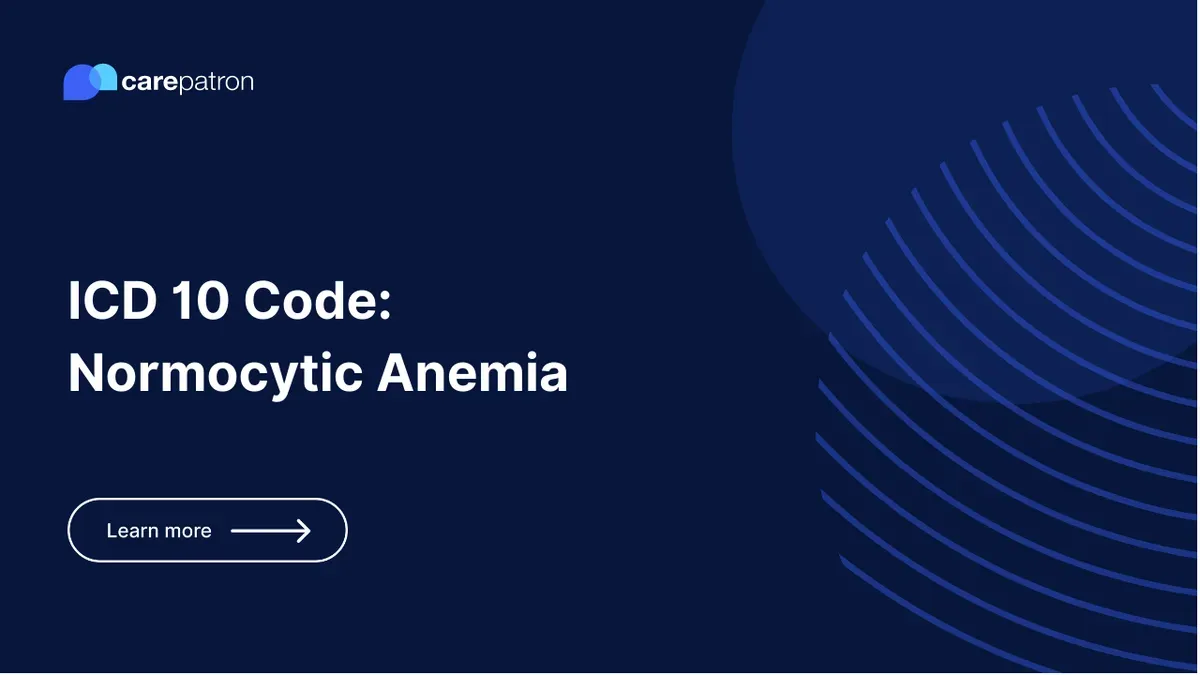
Normocytic Anemia ICD-10-CM Codes
Looking for ICD-10 codes for Normocytic Anemia? Then check out this mini-guide to learn which ICD-10 codes you can use and relevant clinical information.
Use Code
Commonly asked questions
Yes, the aforementioned codes are billable.
You can use any of the aforementioned codes as long as you can confirm that the patient has normocytic anemia.
You can do so by addressing the medical condition that resulted in it in the first place. Medication that helps bone marrows produce more red blood cells can also help.
EHR and practice management software
Get started for free
*No credit card required
Free
$0/usd
Unlimited clients
Telehealth
1GB of storage
Client portal text
Automated billing and online payments
